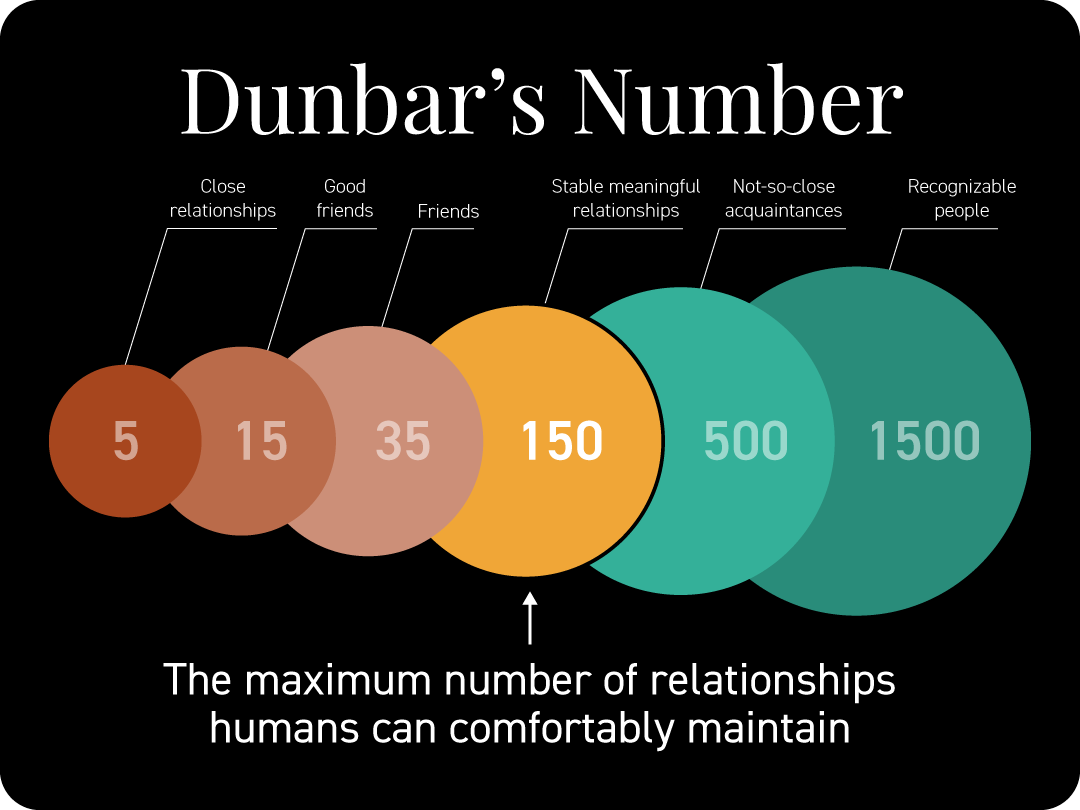Why small data is a better approach than big data for public affairs campaigns
April 14, 2024
Behind every audience in a digital advertising campaign is an approach to data. Understanding how audiences are built — and if it is with a small data or big data approach — can mean the difference between reaching the right people and winning, or wasting impressions and media dollars on people who cannot influence policy.
Big data, and its corresponding large audiences, work for product marketing and voter persuasion. Small data, and its precise audiences, are necessary for public affairs campaigns where you need to persuade a few key decision makers.
THE ATLAS APPROACH
Start with small data

Our approach to building Atlas audiences to influence policy follows this adage. Smaller, more curated, and highly precise audiences take time and care to develop, but are more impactful to influence policy than broader, less precise audiences.
At Unearth, we take a scientific eye to building Atlas audiences. Our data analysts draw upon the research of Dr. Robin Dunbar, Ph.D., a biological anthropologist and evolutionary psychologist at the University of Oxford. “Dunbar’s Number” proposes that humans can comfortably maintain a finite network of relationships and is our model for building Atlas audiences.
We start with your target and build the audience from the center out. Atlas for Individuals audiences only include those known to be connected to your target or those with a high degree of likelihood to be connected, thus the size of 1,500-2,000 per target.

In contrast, audience building with big data means starting with a high volume of data and narrowing down the audience with models, look-a-likes, and algorithms.
Continue reading for three reasons why Atlas’ small data approach is the right way to do issue advocacy targeting.
TOP REASON
Precise audiences. Effective targeting.
Atlas audiences strike the balance between being not so small that important individuals are left out and not so large that you are wasting impressions on people who cannot influence policy or your target. They are built with precision, simplicity, and care using a combination of machine and human intelligence to verify accuracy and real-life connections to your target.
REASON #2
Greater control over message delivery.
Atlas’ smaller audience size results in greater control over message delivery because the social media algorithms have no room to hide. For example, if Facebook reaches 80% of your target audience of 2,000 people, only 400 people are not reached. However, when the audience size increases, so does the number of people within the audience who are not being reached. Simply put, the larger the audience size, the greater the likelihood that the people who can help you influence your target are not seeing your ads at all. And because Dr. Dunbar’s research tells us humans can only maintain relationships with up to 1,500 people, public affairs campaigns cannot afford to miss out on influencing the people who really matter.
REASON #3
Ability to get specific in your ad messaging.
In public affairs and political campaigns, intel is received from the coalition team, lobbyists, and background discussions about what can persuade your targets. Because Atlas for Individuals audiences are highly precise, your campaign has the flexibility to tailor ad messages to each target. Larger audiences run the risk of people seeing a message that will not resonate with them or being boxed into only using umbrella messaging.
ATLAS INFLUENCE TARGETING
Digital audiences built for influencing public affairs
Atlas’ small data targeting approach wins over complicated big data alternatives because of its ability to directly influence your target. Media planners and strategists can inadvertently fall for a common trap: thinking the number of people who can influence their target scales with their budget. The truth: precise digital audiences crafted with small data are the most effective way to add impact, influence, and win. Start a conversation today to explore how Atlas can supercharge your public affairs campaigns.

